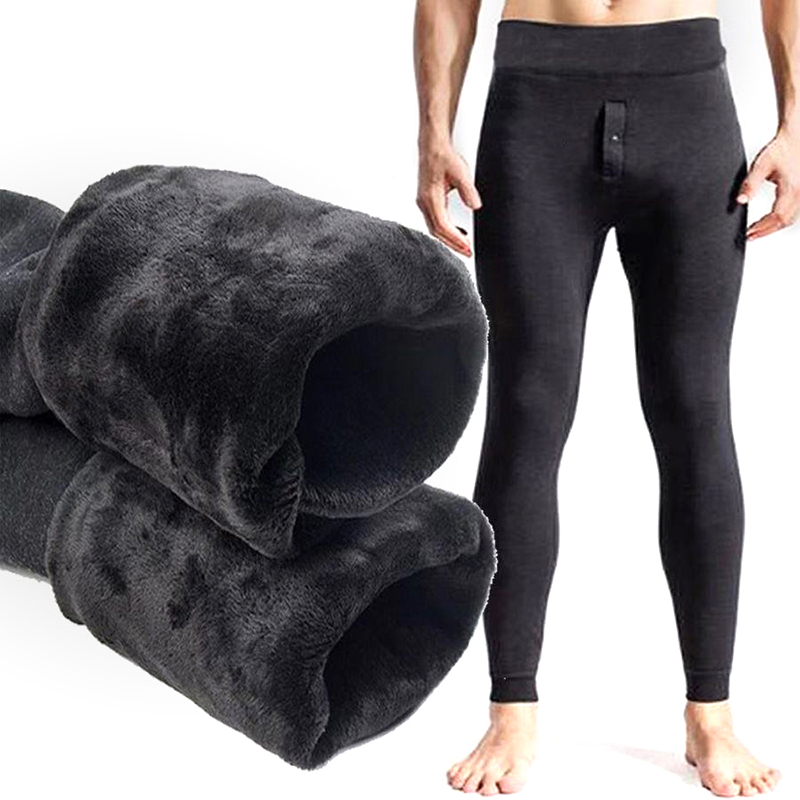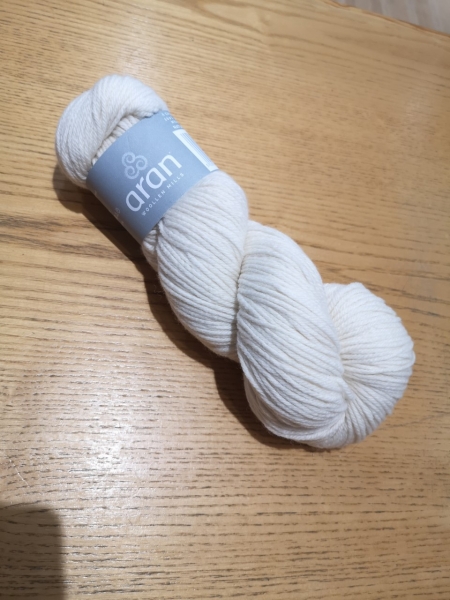Useful Bamboo Clothing Blog
Wiki Article
What Are The Advantages Of Base Layers Made From Yak For Winter Sports Clothing?
Yak merino based base layers are ideal for winter sports clothing because of their excellent performance as well as the fact that they provide natural fiber benefits as well as sustainable environmental impact. Biodegradable and renewable.
Merino and Yak wool are both derived from natural fibers. Renewable resources are harvested sustainably without causing harm to animals. They are biodegradable fibers which means they can be degraded naturally and do not harm the environment.
Low Environmental Impact
Natural fibers produce less pollution than synthetic fibers. The harvesting and cultivation of wool involves fewer chemicals and less non-renewable substances when compared to synthetic fibers.
Energy Efficiency
Processing wool fibers requires less energy than the manufacturing of synthetic fibers such as polyester or nylon. The process of making natural wool consumes less energy and lowers carbon emission.
Reduced Microplastic Pollution
Natural wool fibers don't pollute the water with microplastics, like synthetic fibers.
Product's long-term durability and its Recyclability
The clothing made from yak merino is typically sturdy and last for a lengthy duration. Wool fibers can be recycled or reused to decrease consumption and harm to the environmental.
Sustainable Practices
Certain producers and manufacturers of wool employ sustainable and ethical practices. They make sure to ensure the health and welfare of animals, good land management and fair work conditions for their workers.
Environmental Certification-
Certifications such as the Responsible Wool Standard and the Global Organic Textile Standard verify the environmentally and ethically responsible practices used to produce wool. This provides consumers with confidence about sustainability.
The yak merino base layers are eco-friendly since they are made of renewable, natural sources and include ethical and sustainable practices in the supply chain. The use of natural fibers for winter sport clothes like yak and Merino is an opportunity to help support sustainable consumption. Take a look at the recommended merino wool base layers tips for website recommendations including merino thermals, skiing mid layers, merino wool thermals mens, wool long johns women's, ski thermals, smartwool mid layer, merino wool base layer hunting, merino wool base layers, merino wool base layers, wool base layer and more.

What Are The Benefits Of Bamboo Clothing?
Bamboo clothing is a great choice for those looking to maximize their benefits in terms of thermal regulation and UV protection.
Bamboo fabric is a great insulation material. It has natural thermal regulation capabilities. It provides warmth and comfort in cold weather while remaining breathable. It regulates body temperature by keeping warmth in cooler temperatures and permitting ventilation during exercise to prevent overheating.
UV Protection
UV Resistance- The bamboo fabric provides natural protection from harmful UV rays. It can block an important portion of the ultraviolet rays of the sun providing a second layer of protection from sun exposure.
Biodegradability-
Eco-friendly - Bamboo clothing breaks down in a natural way, which means that it doesn't leave harmful residues at the end of their cycle, or cause environmental pollution. This can help reduce the amount of waste and lessen the environmental impact from clothes that are thrown away.
Environmental Impact-
Sustainability- As a raw material bamboo is incredibly sustainable. It is able to grow quickly and in abundance, without pesticides or chemical fertilisers. This reduces the environmental impact caused by cultivation. Its fast growth rate makes it a renewable resource.
Bamboo is a low water consumption than other crops. This aspect is important in conservation efforts and it eases the strain on water resources.
Soil Conservation
Soil Health: The cultivation of bamboo does not usually deplete soil nutrients or require large amounts of irrigation. It helps improve the health soil conditions and reduces necessity for damaging agricultural practices.
Carbon Sequestration
Carbon Absorption: Bamboo plants absorb more CO2 and release greater amounts of oxygen than other plants. This property helps to reduce carbon emissions and fight climate change.
Bamboo clothing's benefits are its thermal control, UV protection and biodegradability. It is also a good option for those looking for clothing that is sustainable. These characteristics are in sync with sustainable practices that provide benefits to users as well as the environment. View the best bamboo clothings for website tips including bamboo twirl dress, bamboo infant clothing, bamboo cay shirts, bamboo yoga trousers, bamboo dress shirt, bamboo dress socks, bamboo long sleeve shirt, bamboo athletic wear, bamboo under wear, lisa frank bamboo pajamas and more.

What Is The Way That Bamboo And Merino Garments Compare To Wool That Is Regular?
Merino wool, bamboo clothing and regular wool are distinguished by distinct features.
Softness- Merino is renowned for its fine soft fibers that make it easy to wear. It is less likely that it causes irritation or itching compared to other types of wool.
Merino Wool is a Moisture Wicking. Merino wool wicks moisture from the skin, allowing it evaporate, keeping the wearer comfortable and dry.
Merino Wool is a fantastic insulation, and it offers warmth even when it is wet. It regulates body temperature as it provides insulation and airflow to avoid overheating during exercise.
Odor Resistant - It stops the expansion and growth of bacteria that cause odors So clothes stay fresher for longer.
Bamboo Clothing
Silky appearance is often compared to cashmere or silk. Bamboo clothing is soft on the skin, providing a luxurious feeling.
Bamboo fabric is a moisture-wicking fabric that pull moisture away from your body, keeping it dry when you exercise.
Temperature Regulation- Bamboo clothing has natural temperature-regulating abilities, offering warmth in winter and breathability to prevent overheating.
Sustainability Bamboo is a renewable resource which is renewable and grows very quickly without using pesticides. It is biodegradable.
Wool Regular
Texture. The texture of wool is variable. Certain kinds are more coarse in texture and more prone to itching.
Warmth - Wool can provide an excellent insulation and warmth however it may also be bulky.
Wool is not as effective as bamboo or merino fabrics in wicking moisture away because it is able to absorb moisture. It can retain warmth even when it is damp.
In the end, merino Wool offers softness, excellent moisture-wicking properties, odor resistance and insulation. Bamboo clothing offers a soft texture, moisture-wicking properties temperatures regulation, and sustainable. Regular wool comes in a variety of textures, may not offer as much softness or moisture wicking capabilities as merino or bamboo clothing, but will provide warmth and insulation. Each type of material is suited to distinct preferences, and has distinct advantages. Read the top rated merino winter clothing for site tips including best thermals for skiing, paradox merino blend, first lite merino wool base layer, hh lifa merino, men's wool leggings, smartwool long johns, smartwool 1 4 zip mens, ski underwear, men's wool leggings, sitka base layers and more.
